EXPLORE
Most Isolated Regions on Earth Revealed
Published
7 months agoon
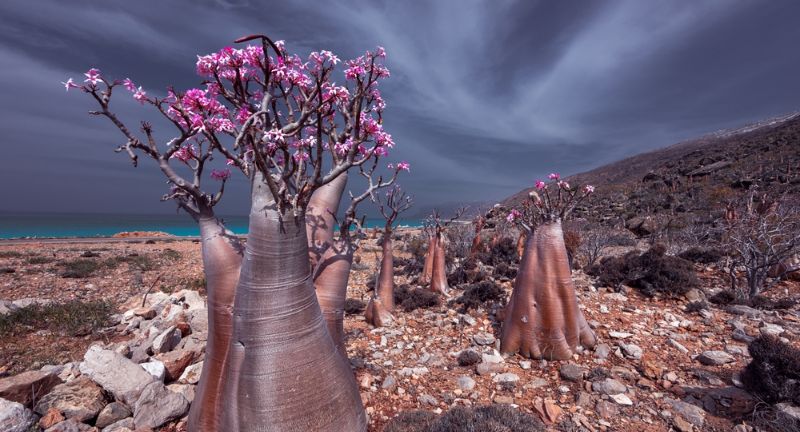
Shutterstock
In our increasingly connected world, there remain places where isolation defines existence. These regions are remote, often challenging to reach, and possess a unique charm that stems from their seclusion. From the frozen expanses of Antarctica to the distant archipelagos of the South Atlantic, these locations offer a glimpse into life far removed from modern civilization. Each isolated region has its own story, culture, and environment, shaped by the natural barriers that keep them apart from the bustling world. Join us as we explore the 19 most isolated regions on Earth, each offering a rare and fascinating perspective on life in the extremes.
Tristan da Cunha, South Atlantic Ocean
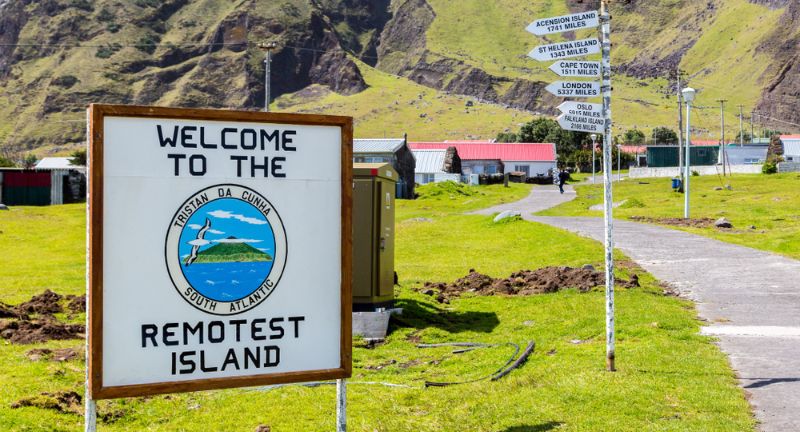
Shutterstock
Known as the most remote inhabited archipelago, Tristan da Cunha is over 1,750 miles away from South Africa. This volcanic island is home to fewer than 300 people and is accessible only by a week-long boat trip. The island’s rugged terrain and isolation provide a unique lifestyle for its inhabitants, who rely on fishing and farming for sustenance. With no airport, the island’s connection to the outside world is limited to infrequent ship visits, making it a haven for those seeking solitude.
Pitcairn Island, Pacific Ocean
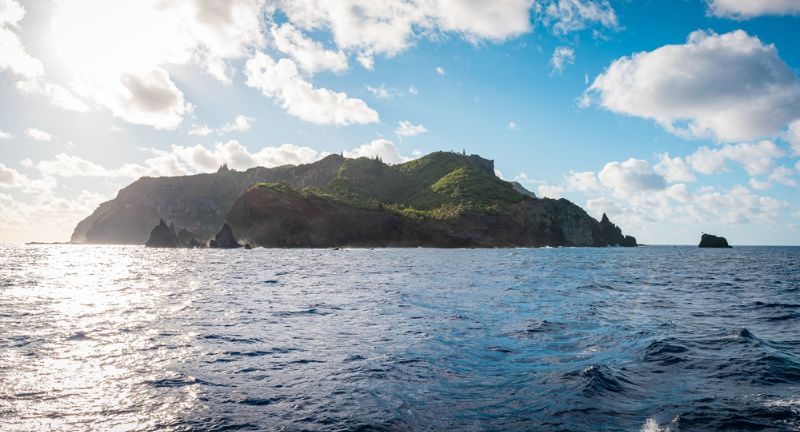
Shutterstock
Famous for its connection to the HMS Bounty mutineers, Pitcairn Island has a population of around 50. The nearest inhabited land is over 300 miles away, making it incredibly isolated. Residents of Pitcairn rely heavily on supply ships that visit a few times a year for their essentials. The island’s remote location and small community foster a close-knit, self-sufficient lifestyle, with stunning natural beauty surrounding them.
McMurdo Station, Antarctica
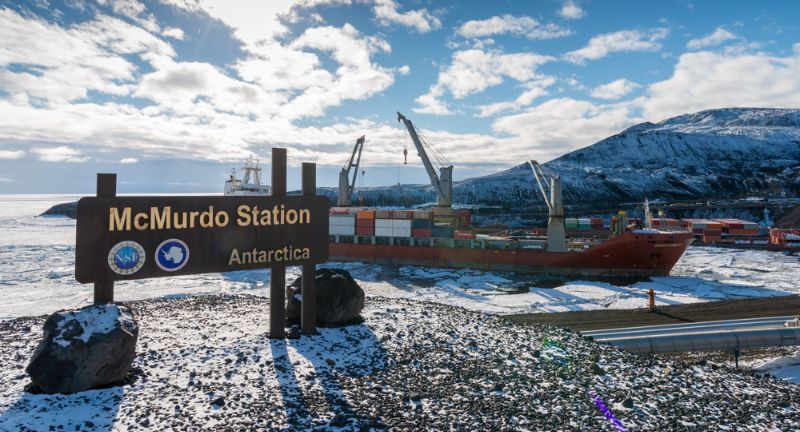
Shutterstock
The largest research station in Antarctica, McMurdo Station is situated on Ross Island. Harsh weather conditions and its extreme southern latitude make it accessible only a few months a year. Researchers and support staff at McMurdo live in a challenging environment, where temperatures can plummet to -50°C (-58°F). Despite the isolation, the station is a hub of scientific activity, contributing significantly to our understanding of the Antarctic region.
Kerguelen Islands, Indian Ocean
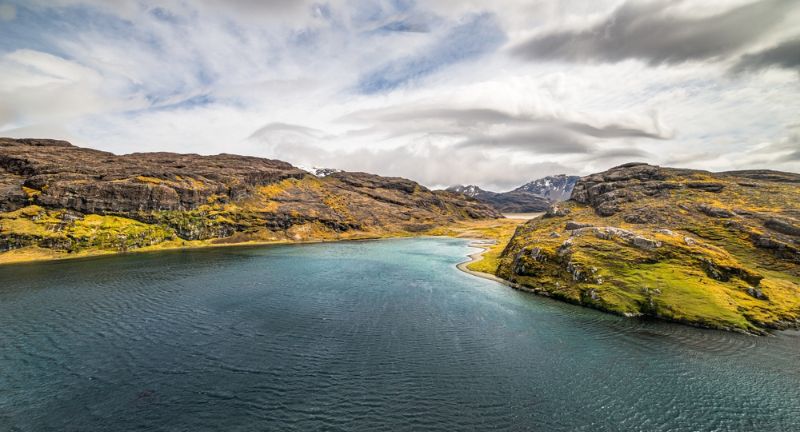
Shutterstock
Also known as the Desolation Islands, the Kerguelen Islands are French territories with no permanent population. They are over 2,000 miles from the nearest civilization in Madagascar. The islands are primarily used for scientific research and are accessible only by occasional supply ships. The Kerguelen Islands’ rugged landscape and isolation make them a unique location for studying sub-Antarctic ecosystems and wildlife.
Ittoqqortoormiit, Greenland
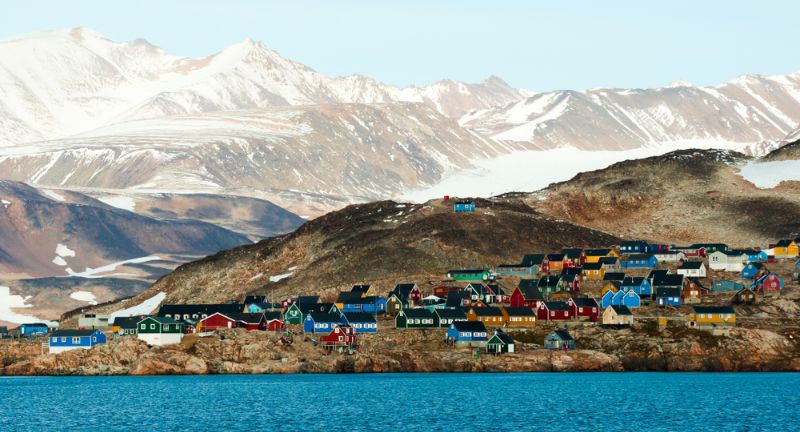
Shutterstock
This small town on the eastern coast of Greenland is one of the most remote settlements in the Arctic. It is accessible by helicopter or boat during the short summer months when the sea ice melts. Residents of Ittoqqortoormiit live in harmony with the harsh Arctic environment, relying on hunting and fishing for their livelihood. The town’s isolation and extreme climate conditions create a unique and resilient community.
Oymyakon, Russia
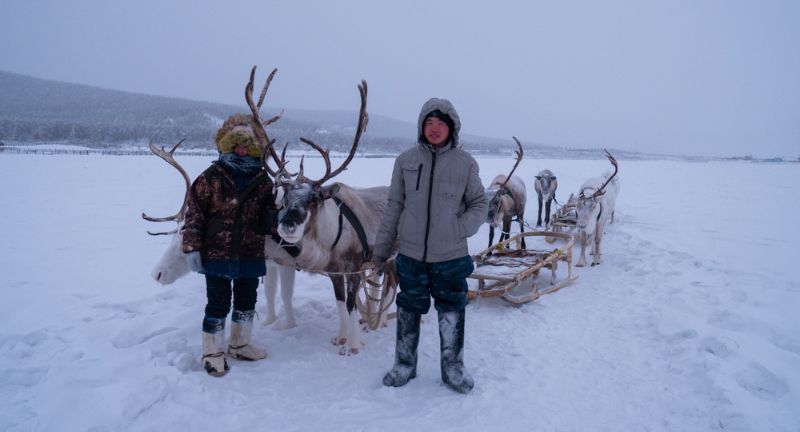
Shutterstock
Known as one of the coldest inhabited places on Earth, Oymyakon in Siberia has extreme temperatures dropping below -50°C (-58°F). Its isolation is compounded by the challenging travel conditions in winter. Despite the harsh climate, the local population has adapted to the extreme cold, using traditional methods to stay warm. The town’s remote location and severe weather make it a unique and formidable place to live.
Barrow (Utqiaġvik), Alaska

Shutterstock
The northernmost city in the United States, Barrow is located above the Arctic Circle. It is cut off from the rest of Alaska by road and is reachable only by air or sea. Barrow experiences extreme weather conditions, including polar night and midnight sun, which profoundly affect daily life. Despite its isolation, the city is a cultural hub for the indigenous Iñupiat people, who have lived in the region for centuries.
Easter Island, Chile
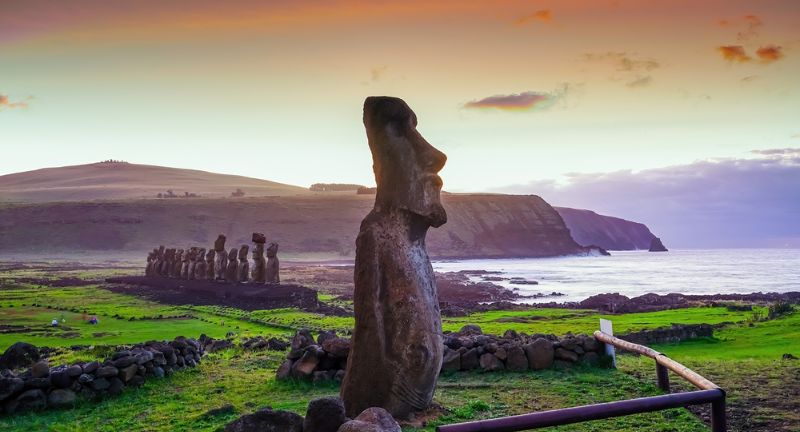
Shutterstock
Famous for its Moai statues, Easter Island is situated over 2,000 miles from the nearest continental land. Its remote location in the southeastern Pacific Ocean makes it one of the world’s most isolated places. The island’s unique culture and history, combined with its stunning landscapes, attract visitors despite the challenges of reaching it. Easter Island’s isolation has helped preserve its archaeological treasures, making it a fascinating destination for those seeking adventure.
Admiralty Islands, Papua New Guinea

Shutterstock
This group of islands in the Bismarck Archipelago is extremely remote and sparsely populated. The inhabitants primarily rely on subsistence farming and fishing. The isolation of the Admiralty Islands has preserved traditional cultures and lifestyles, offering a glimpse into a way of life that remains largely untouched by modernity. The islands’ rich biodiversity and stunning natural beauty make them a hidden gem in the Pacific.
Longyearbyen, Svalbard
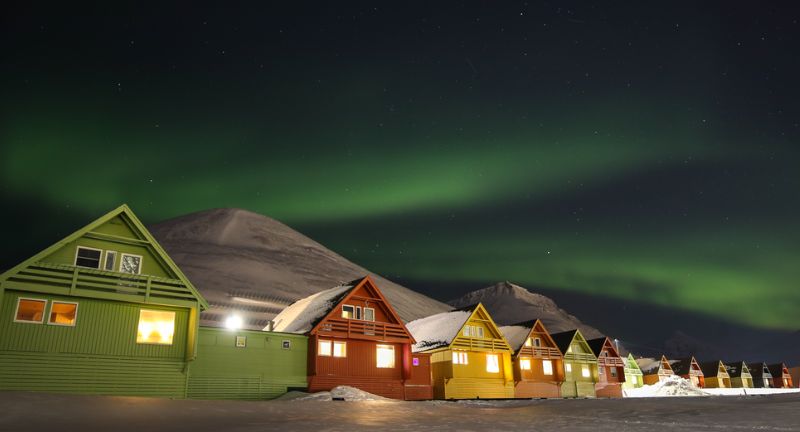
Shutterstock
The world’s northernmost settlement with a population of over 1,000, Longyearbyen is located in the Svalbard archipelago. It experiences polar night and midnight sun, adding to its isolation. The town’s remote location and harsh Arctic environment create unique challenges for its residents, who must contend with extreme cold and limited daylight. Despite these challenges, Longyearbyen is a vibrant community with a strong focus on research and environmental conservation.
Changtang, Tibet
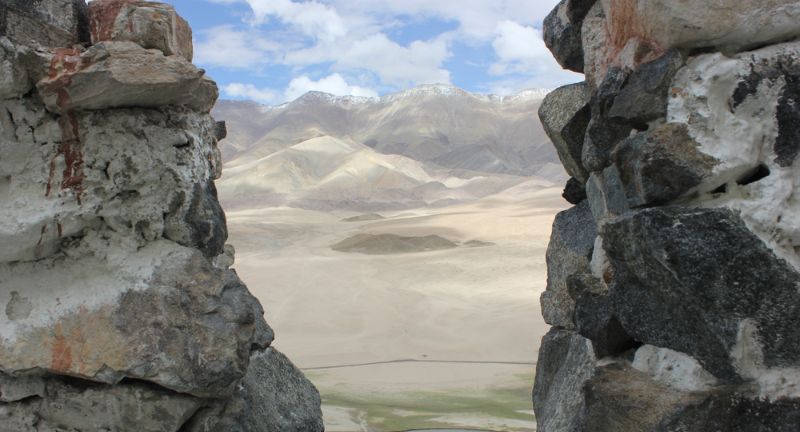
Shutterstock
The Changtang plateau in Tibet is one of the least populated areas on Earth. Its high altitude, harsh climate, and lack of infrastructure make it very difficult to reach. The nomadic people who inhabit Changtang have adapted to the extreme conditions, relying on yaks and traditional practices for survival. The region’s isolation has preserved its unique culture and way of life, making it a fascinating area for anthropological study.
Socotra, Yemen

Shutterstock
This island in the Arabian Sea is known for its unique biodiversity. Socotra’s isolation from the mainland has allowed its flora and fauna to evolve uniquely, but it also makes access challenging. The island’s alien-like landscapes and endemic species attract researchers and adventurous travelers. Socotra’s remoteness has helped preserve its natural environment, making it a living laboratory for the study of evolution and ecology.
La Rinconada, Peru
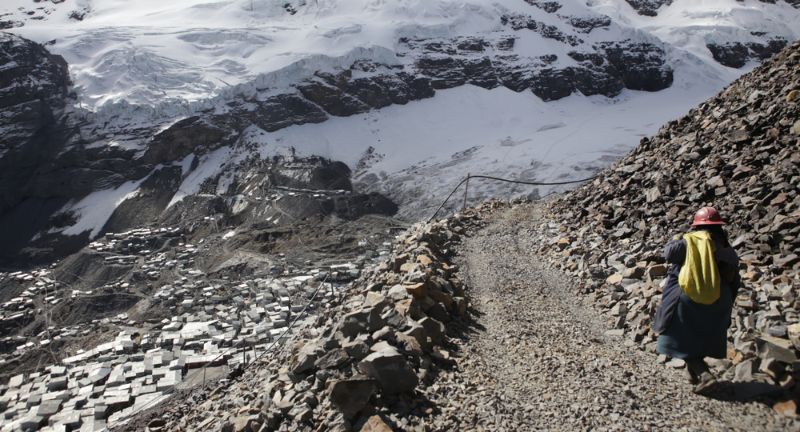
Shutterstock
The highest permanent settlement in the world, La Rinconada sits at over 16,700 feet in the Peruvian Andes. Its remote location and harsh living conditions make it extremely isolated. The town’s economy is centered around gold mining, with miners enduring extreme conditions to extract precious metals. La Rinconada’s altitude and isolation present unique challenges, including limited access to resources and services.
Sakhalin Island, Russia
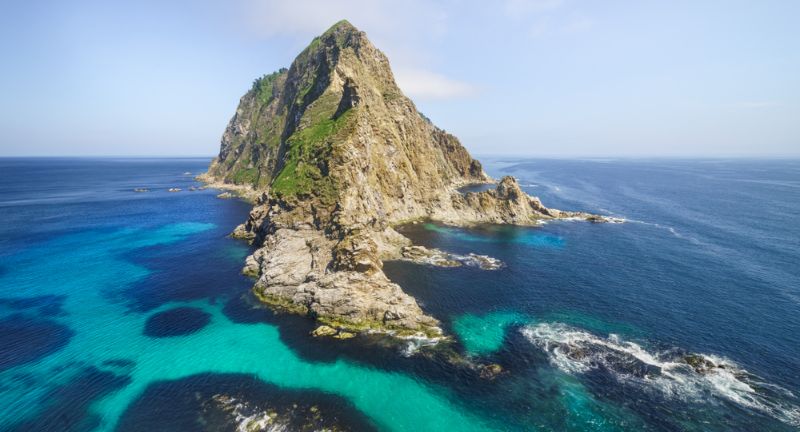
Shutterstock
Located off the eastern coast of Russia, Sakhalin Island has a sparse population and is characterized by rugged terrain and severe winters. The island’s isolation is amplified by its geographical position and limited connectivity with the mainland. Sakhalin’s natural resources, including oil and gas, have attracted some development, but the island remains largely remote. Its unique ecosystem and cultural heritage make it an intriguing, though challenging, place to live and visit.
Saint Helena, South Atlantic Ocean
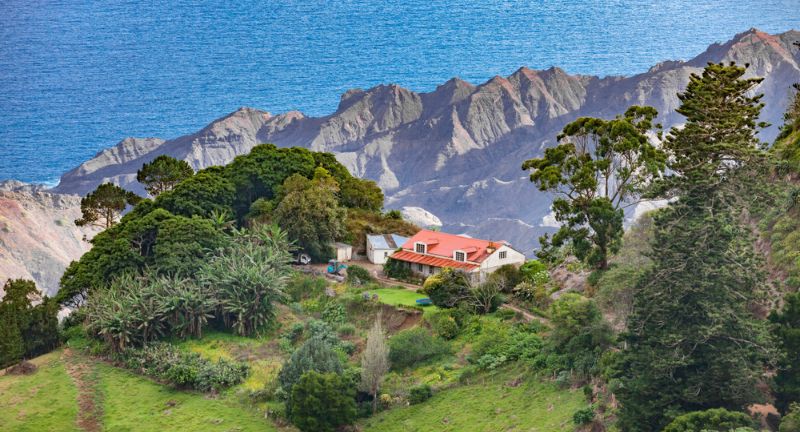
Shutterstock
Famous as the place of Napoleon’s exile, Saint Helena is over 1,200 miles from the nearest landmass. It was only accessible by ship until an airport was built in 2016. The island’s isolation has preserved its unique heritage and environment, making it a fascinating destination for history buffs and nature lovers. Saint Helena’s remote location provides a tranquil and unspoiled setting, perfect for those seeking a peaceful retreat.
Coober Pedy, Australia
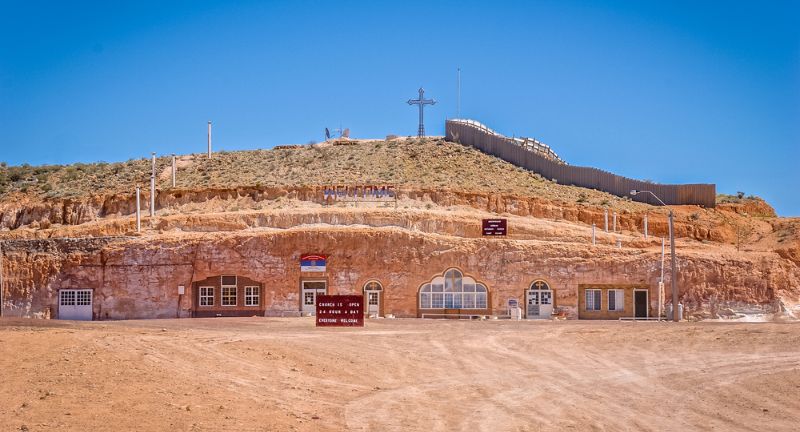
Shutterstock
Known for its underground homes due to extreme heat, Coober Pedy is in the remote outback of South Australia. Its isolation is amplified by the vast distances to the nearest towns. The town’s unique lifestyle, driven by opal mining, attracts adventurous souls seeking fortune in the harsh desert environment. Coober Pedy’s underground living spaces and quirky atmosphere make it a one-of-a-kind destination in the Australian outback.
Faroe Islands, North Atlantic Ocean
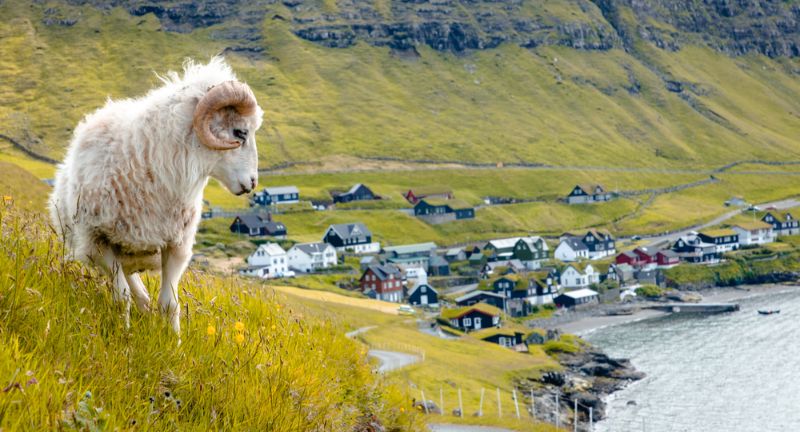
Shutterstock
This group of islands is halfway between Iceland and Norway. The Faroe Islands’ rugged terrain and harsh weather conditions contribute to their isolation. Despite the challenging environment, the islands boast stunning landscapes and a rich cultural heritage. The Faroese people have adapted to their remote location, creating a unique society that thrives amidst the North Atlantic’s dramatic scenery.
Motuo County, China
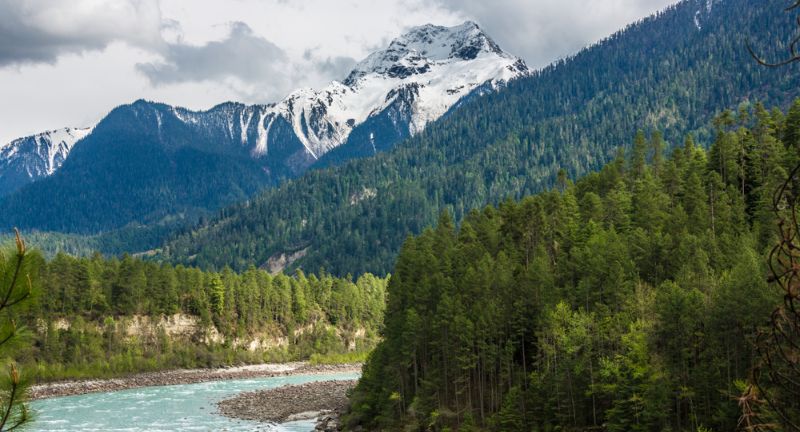
Shutterstock
The last county in China to be connected by a highway, Motuo County in Tibet is surrounded by high mountains and dense forests, making it one of the most isolated regions in the country. The area’s isolation has preserved its rich biodiversity and unique cultural traditions. Travelers to Motuo must endure treacherous journeys, crossing rivers and navigating rugged terrain. This remoteness has allowed Motuo to maintain its pristine natural environment and traditional ways of life.
Svalbard Global Seed Vault, Norway
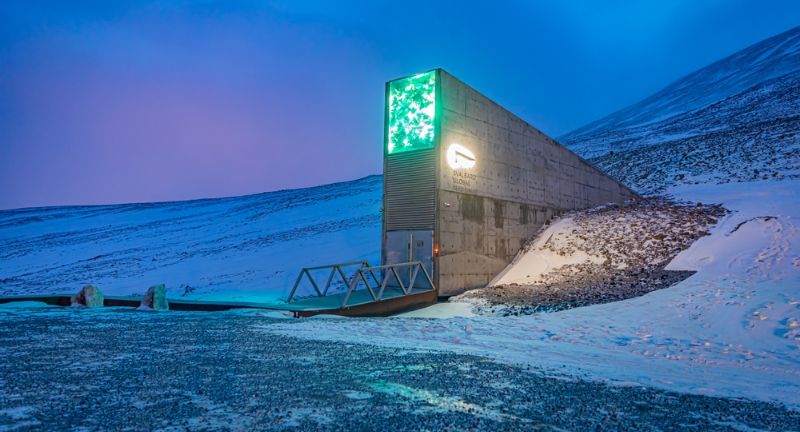
Shutterstock
Located on the island of Spitsbergen in the Svalbard archipelago, the Global Seed Vault is isolated to ensure the preservation of the world’s seeds. Its location was chosen for its remoteness and stability. The vault’s secure and isolated position protects it from natural and human-made disasters, making it a crucial resource for global agriculture. The Svalbard Global Seed Vault stands as a testament to international cooperation and the importance of biodiversity conservation.
Conclusion

Shutterstock
These isolated regions remind us of the vast diversity of our planet and the resilience of those who inhabit its most remote corners. Despite the challenges posed by their seclusion, these places thrive in their own unique ways, offering invaluable insights into adaptation and survival. Visiting or learning about these regions can inspire a deeper appreciation for the less accessible parts of the world. As technology and globalization continue to shrink distances, these isolated areas remain as testaments to the enduring power of nature and human spirit. Their stories will continue to captivate and inspire, reminding us of the endless wonders that our planet holds.
More From Bon Voyaged
-
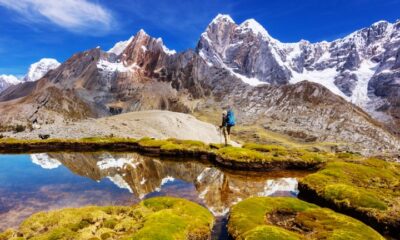

Extreme Adventure: Hiking the World’s Toughest Trails
-
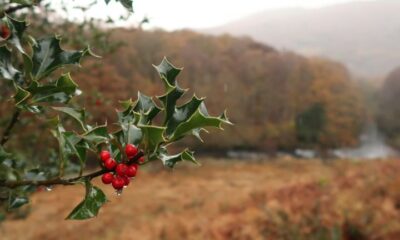

27 Evergreen Plants That Are Beautiful All Year Long
-
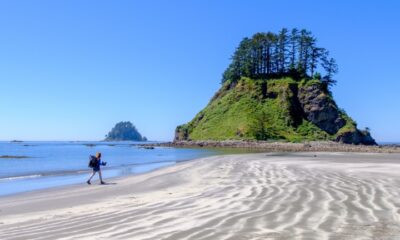

Why Oregon Should Be Your Next Vacation
-
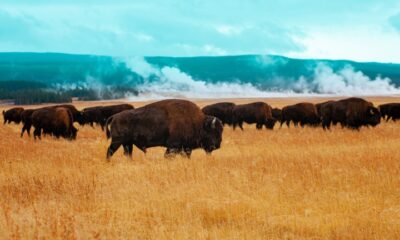

Why You Should Plan A Trip To Yellowstone
-


20 Travel Hacks You Need To Implement For Your Next…
-
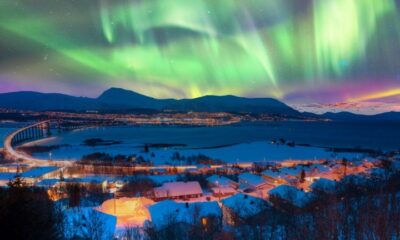

25 Places That Look And Feel Like The North Pole
-


27 Things To Do This Holiday Season With Your Family
-


10 Plants That Can Hurt You If You Touch Them
-
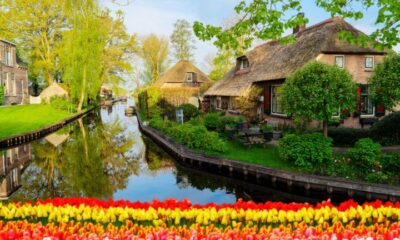

28 Towns Across The World That Offer Canal Street Living
-
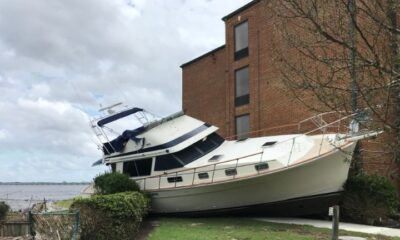

25 Most Devastating Hurricanes In History
-


25 Most Popular Flowers To Use For Your Holiday Decorations
-
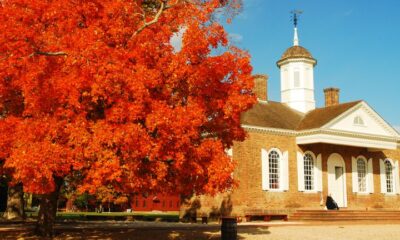

Top 20 USA Destinations For All The Fall Spooky Cozy…

